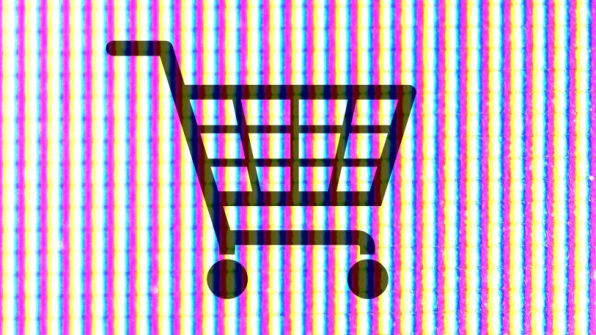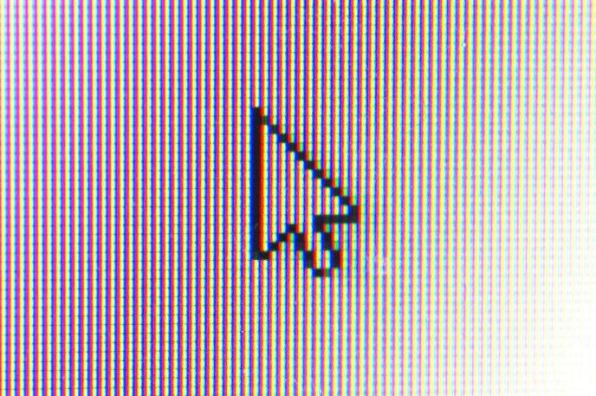
18 Nov How Being A Product Designer Has Helped Me Redesign My Life
Lately I’ve caught myself dropping startup-y language in ordinary conversations with my friends. They’ve begun doing the same. Most of the time it’s said ironically, but sometimes we’ll look at each other half-seriously yet too embarrassed to admit that “proof of concept” actually makes perfect sense in a remark about, I don’t know, scrambled eggs.
I’ve been a product designer, primarily at startups, for coming up on seven years, and as cheesy as it might be, I’ve started to (unironically) embrace what I’ve learned in my career to make daily life a little bit happier and more productive. And honestly, it seems to be working. Here are a few of the life hacks I’ve adapted from my time spent at work.

Use The “Five Whys” Trick For Interpersonal Issues
I used to spend way too much time arguing over the results of a bad situation, without figuring out how to fix them or avoid a problem coming up again in the future.
At a previous tech startup I worked for, we were trying to increase sales in a certain product category. Our first solution was to start including a button that would take you directly to the those products; we figured people just weren’t buying them because they were hidden a bit. When that didn’t work, we tried other ways of getting those products in users’ faces. It wasn’t until after we’d built two new designs that we realized it wasn’t a matter of how we were presenting the products–it was that people just didn’t want to buy them.
So we went back and did a little more market research, and figured out what might motivate users to buy within that product category in the first place. This helped us design a way of offering them that wound up performing much better. Had we taken the classic “ask ‘why’ five times” approach to begin with, we’d have been able to address the real underlying issue much earlier.
Surprisingly, this holds true for dealing with people, too. Lately I’ve tried to get in the habit of asking “why” a few times to understand what I’m responding to at a core level–or what someone else might be responding to–rather than arguing over the details of whatever surface-level disagreement we’re having. For example, I’ve dated people who’ve responded jealously to a social media posts or two. It’s easy to get into an argument about a tweet or an Instagram post and avoid discussing the insecurity someone might feel about their place in your life.
The real solution, I’ve learned, isn’t to put boundaries on who’s allowed to post what and how come. Dig deeper and you might realize the answer is just having an honest conversation: How does this person fit into your life, and do they see it the same way? If they’re important to you, how can you create a space for them and earn their trust? Being a product designer has helped me stop treating the symptoms and try to diagnose the causes themselves.
Assume Others’ Perspective, Even While Explaining Yours
Early in my career I designed for myself. I expected everyone to understand technology as well as I did, and assumed the use cases that were most relevant to me would be most relevant to everyone else. That’s a really common rookie-designer mistake, and as I’ve outgrown it, I’ve learned to catch myself assuming automatically that people in my life share the same perspective I do.
That realization went a step further, too, thanks to my job experience as well: It’s great to simply understand that, no, people don’t approach everything the way you do, but it’s even better to be able to figure out why they don’t–and why in other cases they do. The more quickly you can empathize with somebody’s position, the more effective a conversation you can have with them. Especially in your 20s, after you’ve had a few years’ work experience under your belt, it’s easy to discount your parents’ advice or opinions about your life and career; your dad’s never worked at a startup, so how could he possibly know what work pressures you’re experiencing?
Chances are he can relate better than you expect, but he’s expressing himself through his own perspective, rather than that of the kid he’s giving advice to. Realizing this, I’ve tried turning the tables when I talk to my younger brother. Things can get pretty reactive and emotional when you’re trying to offer a word to someone you have high expectations for, so you yell advice at them from your own point of view.
Obvious as it might sound, it took me a while–and some experience in the design world–to understand that my brother is a completely different person than me, who understands the world in a much different way. So in order to have productive conversations with him, I need to understand how he sees things and change the way I communicate in response.

Never Set A Goal Without A Metric
Digital products are all about metrics. Every click, every conversation–those are always going up and down due to factors that aren’t always immediately apparent. But you can rarely figure them out if you don’t have a clear, early baseline against which to measure your results.
In ordinary life, too, identifying your success metrics the moment you set a new goal is important because it helps you avoid redefining what success means on the fly, or just based on how you performed last week. Earlier this year I told myself wanted to go to the gym more. I’d start going four times a week, and then the week after I’d get a bit busy and only go three times, and my attendance would slowly trickle off. Because I didn’t set a threshold that actually dictated my schedule, the latter became way too fungible.
These days, just as I would for any product I’m designing, I avoid setting a new habit (or restarting an old one) without establishing some kind of consistently quantifiable metric. If my gym-going drops below three days a week, that’s a red flag to look for the factors causing the drop: What took precedence and edged out my workout? Where have I lost time, and how can I cut something out in order to build it back into my workweek? Or am I actually okay adjusting what success means to me–rather than just letting that definition shift unawares?
Create “Minimum Viable Products” For Your Life, Then Build Them Out
I used to buy notebooks thinking it would help me write more, or join gyms thinking it would incentivize me to work out more. I’d see my behavior change temporarily, but once the novelty faded I’d find myself in the exact same place I was in before. The problem is rarely that you don’t belong to a decent gym or that you don’t own a nice notebook to write in.
To find out the real reason, ask “why” five times, and then take the approach most startups do, by building a “minimum viable product,” or “MVP.” In other words, before investing a lot of money into a gym, see if you can even get yourself to put aside 30 minutes every day to do some bodyweight exercises in your own room or run 15 minutes after work. How long can you keep that up? It’s a quick way of prototyping the bigger change you’re hoping to make. When you have trouble meeting those MVP-level goals, what are the main obstacles, and what’s the simplest way to test for a more effective solution?
My roommate and I are currently looking at our living room, realizing that no one uses it, and thinking about converting it to a workspace. After debating what kind of lighting and furniture to buy, we realized we should throw a cheap Ikea desk in there first, this way we can at least test out whether we like working in that space to begin with. If we don’t, is the reason something that we can and want to fix? Better lighting, better chairs, a standing desk?
That way, we avoid investing in a total redecoration and can stay focused on the fundamentals instead of the surface-level details. The key challenge for product designers, in my experience anyhow, is to train yourself to stop making all these assumptions in the beginning; endlessly debating hypotheticals can often lead to the death of an idea that might otherwise be great. Life works pretty similarly: Start simple and build up from there to make sure that whatever you’re doing is actually working–before you commit to doing more of it.
Alex Huang is Design Director at Capsule.
Source: Fast Company




Sorry, the comment form is closed at this time.